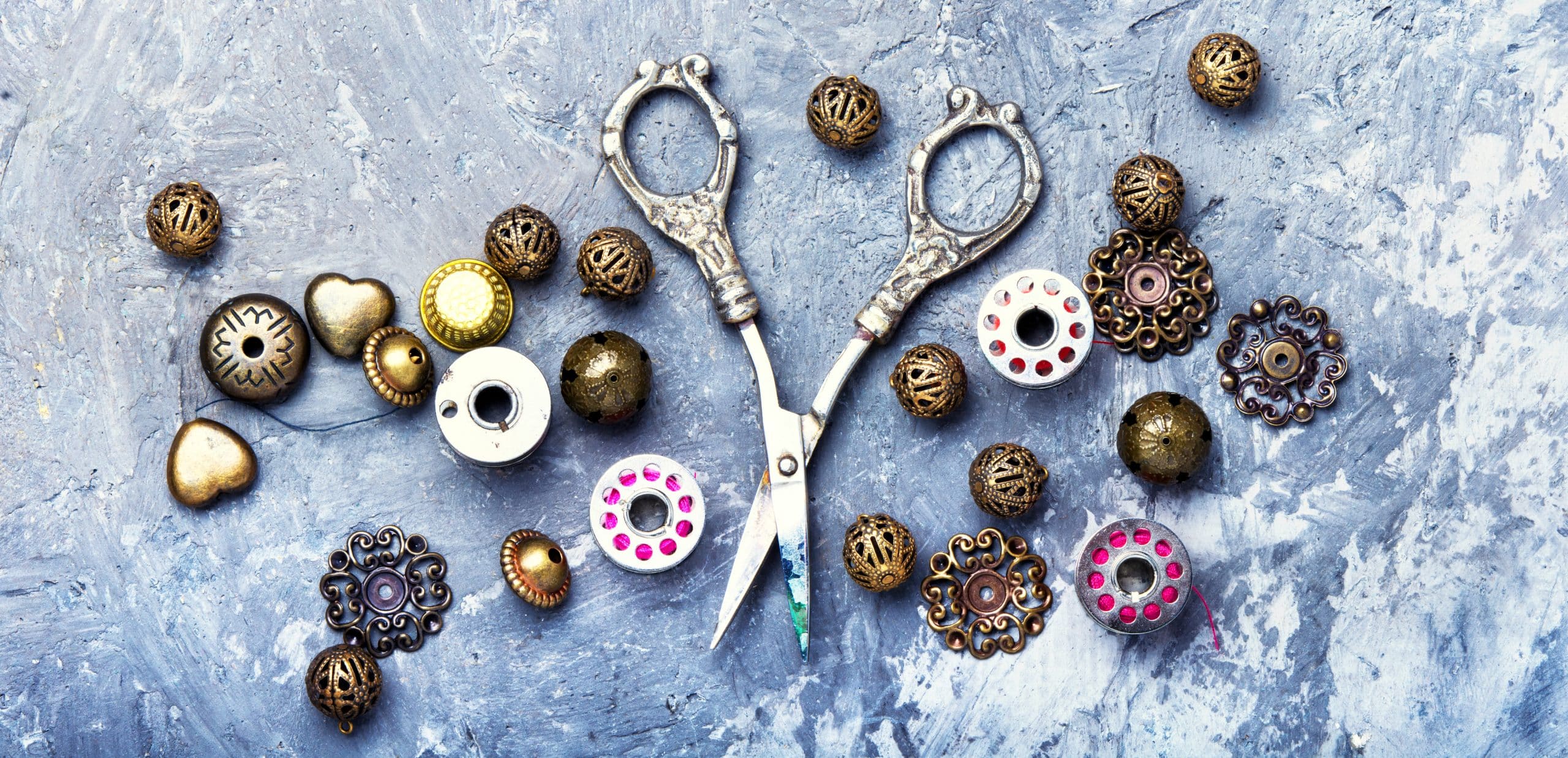How to Design a Vintage Camera Display for a Photography Enthusiast’s Study?

The timeless art of photography has captured the imagination of many, with enthusiasts poring over everything from the interplay of light and exposure to the distinct grain of film. But while the images created are undoubtedly significant, the cameras that capture them are no less intriguing. For those who appreciate these devices, curating a vintage camera display can be a rewarding way to celebrate the history and beauty of photography. So, how does one design such a display? This article will guide you through it, providing sound advice from selecting the right cameras to the nuances of illumination.
Selecting the Cameras
Creating a vintage camera display begins with selecting the right cameras. You may already have a collection that you want to showcase, or you might just be starting your journey into the world of vintage cameras.
Cela peut vous intéresser : What’s the Best Approach to Soundproofing a Home Theater in an Apartment Complex?
There’s an extensive range of vintage cameras to choose from. Consider starting with models that have historical significance, like the first Kodak Brownie or the Polaroid SX-70. Look for cameras that have an interesting backstory or unique features, like a folding bellows or an art deco design.
The condition of the cameras is also an important consideration. Cameras that are in good working condition will likely be more expensive, but you might prefer to have models that can still take a photo. Otherwise, if the focus is solely on the aesthetic appeal, even cameras that no longer function can make intriguing display pieces.
Lire également : How Can You Create a Hidden Shoe Storage Solution in a Hallway Bench?
Arranging the Display
Once you have your collection, it’s time to think about how to arrange it. A well-planned display is not only visually pleasing but can also tell a story, whether it’s the evolution of the camera over time or the intersection of photography and art.
Consider arranging the cameras in chronological order to give a sense of history. If you have cameras from different manufacturers, you can group them by brand. Alternatively, you could arrange them by type, such as grouping all the SLRs (single-lens reflex cameras) together, or by film format, like 35mm and medium format.
Remember, the aim is to create a visually balanced display. Consider factors such as size, color, and shape. You might want to place larger cameras at the back and smaller ones at the front, or you could create an interesting pattern with black and white cameras.
Lighting and Exposure
Lighting plays a crucial role in any display. It can accentuate the cameras’ details, create a mood, and make the display more engaging.
Natural light can be a good option, but be careful about placing cameras where they will be exposed to direct sunlight for long periods. The sunlight can cause damage, especially to cameras that are in working condition.
Artificial lighting can be a good alternative. Track lighting or spotlights can highlight individual cameras, while a softer ambient light can create a warm atmosphere. Consider using LED lights, as they don’t produce heat, which could damage the cameras.
Using Backdrops and Stands
A backdrop can help make your cameras stand out and can add depth to your display. If you have a wall behind your display, consider painting it a neutral color, like white or gray, to allow the cameras to be the focus.
Stands or risers can add height and create multiple levels, which can make your display more dynamic. You could use vintage books, small crates, or custom made stands. Remember to ensure that the stand is sturdy enough to support the camera.
Adding Descriptive Plaques
Consider adding small descriptive plaques beside each camera. This can turn your display into an informative mini-museum, appealing not only to photography enthusiasts but also to those with a casual interest.
The description could include the camera’s name, manufacturer, and the time it was produced. You might also want to mention any interesting facts about the camera, like if it was used in a famous photograph or if it introduced any groundbreaking technology.
Designing a vintage camera display for a photography enthusiast’s study might seem daunting, but with careful selection, thoughtful arrangement, and the right lighting, you can create a stunning and informative display that perfectly captures the charm and history of vintage cameras.
Understanding the Technicalities of Vintage Photography
Delving into the world of vintage photography often includes understanding the technicalities of different cameras and their features. It will not only enrich your knowledge as a photography enthusiast but also help you appreciate the intricate mechanisms involved in capturing a timeless photograph, which forms an integral part of your display.
When dealing with film cameras, you’ll come across terms like exposure latitude, shutter speed, and light meter. Exposure latitude refers to a film’s ability to capture a wide range of light and dark details. This attribute can be noticeably different across various film types. For example, black and white film generally has a wider exposure latitude than color film.
Understanding the shutter speed of a camera is also crucial as it affects the image quality. It controls the amount of time the film is exposed to light, thus influencing the brightness of your photo. A slower shutter speed lets in more light, ideal for darker settings, but it can cause blurred images if the camera or subject moves. Conversely, a faster shutter speed freezes motion but requires more light.
The light meter is another essential feature in vintage cameras. Before the advent of digital screens displaying exposure levels, photographers relied on light meters to achieve the correct exposure. This tool measures the amount of light in a scene and helps adjust the aperture and shutter speed accordingly.
A well-rounded understanding of these technical elements not only helps you appreciate the ingenuity behind vintage cameras but can also provide interesting information for the descriptive plaques in your display.
Exploring the Aesthetics of Vintage Cameras
While the technical features of vintage cameras are fascinating, the aesthetic appeal of these devices is equally captivating. Each camera, from a petite medium format camera to a majestic large format one, exudes an aura of nostalgia and charm, making them perfect for a display.
Black and white cameras, with their stark contrast, add a retro touch to any collection. Their design reflects the simplicity and elegance of the bygone era of film photography. These cameras can provide an interesting visual balance when juxtaposed with colored models.
Film cameras come in a wide range, from the compact 35mm to the large format cameras. Cameras with a Carl Zeiss lens are particularly sought after, thanks to their superior image quality and the historical significance of the brand.
Some cameras may also exhibit light leaks, where light seeps into the camera body, causing unexpected effects on the film. While this is often considered a flaw, some photography enthusiasts appreciate light leaks for the unique, dreamy quality they can give to photographs.
Another intriguing feature to explore is the double exposure capability. This technique allows the same piece of film to be exposed twice, resulting in a superimposed image. Cameras with this feature are a testament to the creativity and experimentation in the realm of vintage photography.
Conclusion
Designing a vintage camera display is a journey of photography capturing not just moments, but entire eras, technologies, and aesthetic sensibilities. It’s about creating a space that reflects your passion for photography and the timeless beauty of these mechanical marvels.
From selecting the cameras and arranging them in a visually pleasing manner to understanding the nuances of vintage photography and exploring the aesthetic features of different models, each step allows you to delve deeper into the fascinating world of photography.
In the end, your display will not just be a collection of old cameras. It will be a tribute to the history of photography, a testament to the evolution of design and technology, and a source of inspiration for you and anyone who views it.
